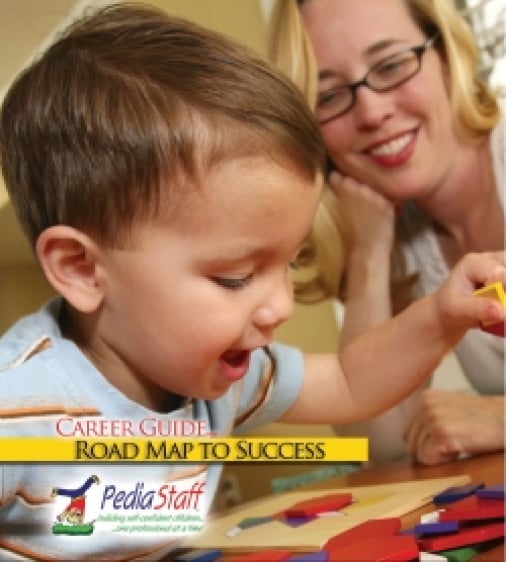SLP Corner: Tips for Making a Successful Cleft Palate Team Referral
[Source: ASHA Leader Live]

A school-based speech-language pathologist is assessing Eleanor, age 6, when she notes an unusual articulation pattern and nasal quality to Eleanor’s speech. Although Eleanor does not have a cleft palate, the SLP has concerns about palatal function and wants to refer her to a team of professionals specializing in disorders of resonance and velopharyngeal function for further assessment. She asks, “Where do I begin?”
Most people with a cleft palate begin working with an interdisciplinary team at birth. However, SLPs occasionally need to seek the guidance of such a team when they suspect velopharyngeal dysfunction (VPD) as a cause of a speech issue for a client. The SLP may refer to a team to establish a diagnosis, determine treatment, request specialized assessment of resonance and velopharyngeal function, or seek advice on managing the case.
PediaStaff is Hiring!
All JobsPediaStaff hires pediatric and school-based professionals nationwide for contract assignments of 2 to 12 months. We also help clinics, hospitals, schools, and home health agencies to find and hire these professionals directly. We work with Speech-Language Pathologists, Occupational and Physical Therapists, School Psychologists, and others in pediatric therapy and education.
